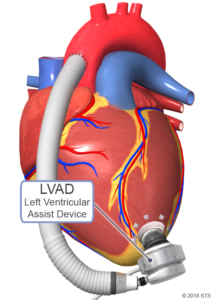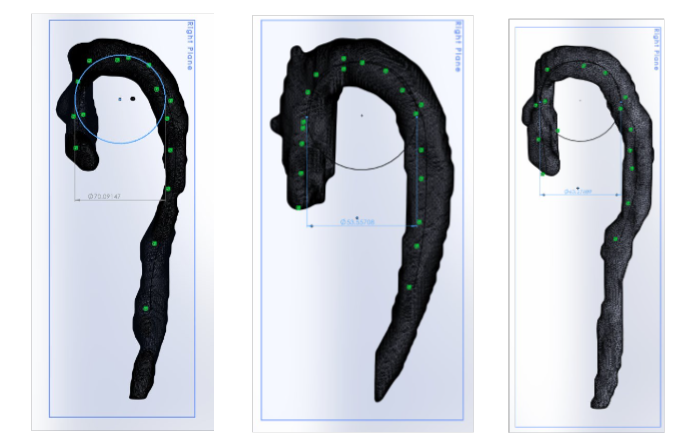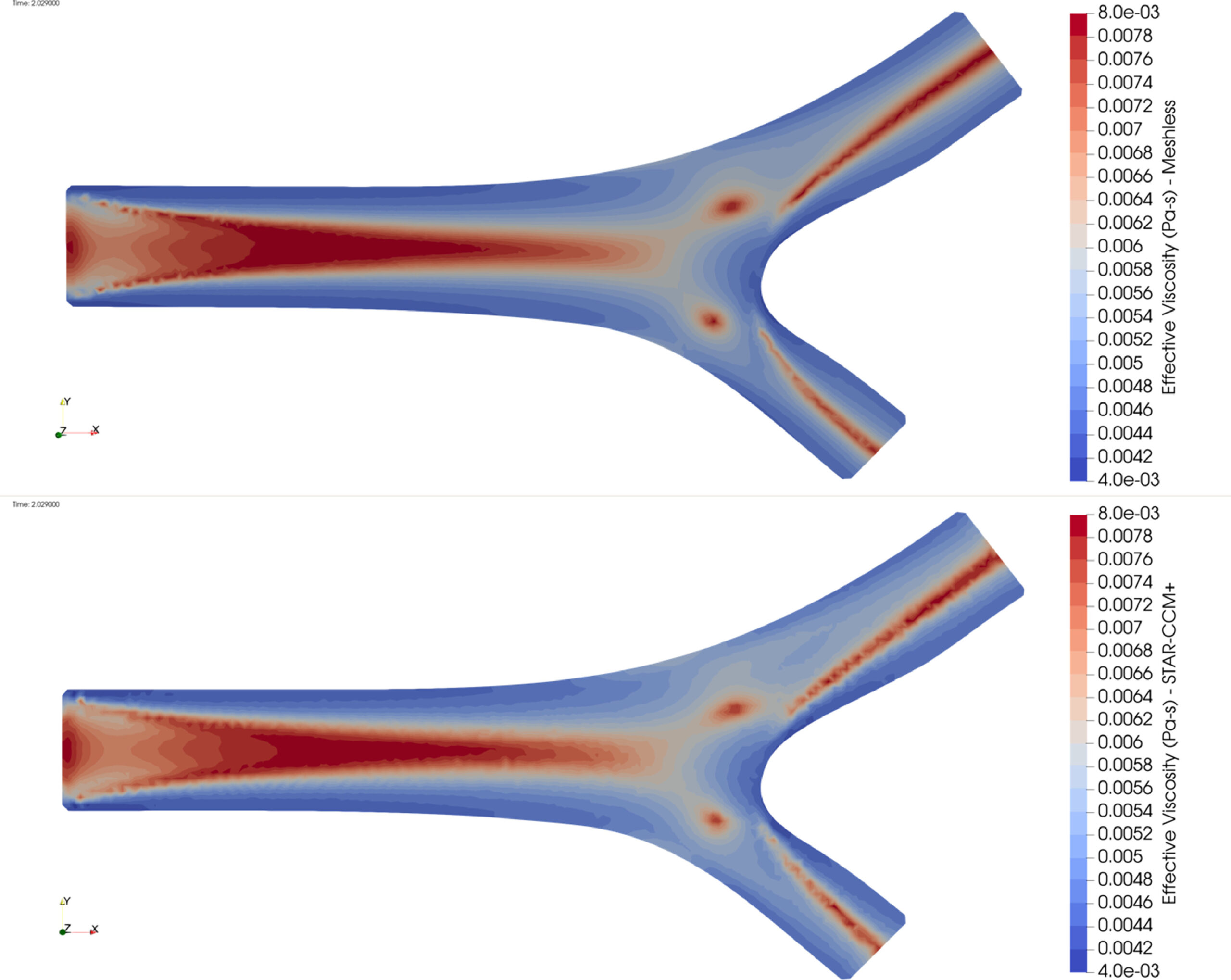Hypoplastic Left Heart Syndrome (HLHS) – Multiscale Computational Hemodynamic Modeling as an Aid To Surgical Treatment Planning
Project Lead: Ray Prather, Ph.D.
What is HLHS?
HLHS is a subset of Congenital Heart Disease (CHD) where there exists an under-developed left heart, particularly the Left Ventricle (LV)
How common is HLHS?
960 (or 1/4,344) babies born with HLHS every year in the United States alone.
How is HLHS Treated?
Surgical intervention is mandatory within the first week of birth, and the full standard protocol includes a 3-stage surgical procedure spanning the first ~3 years of life.


Left Ventricular Assist Device (LVAD) – Optimization Of LVAD Cannula Implantation To Reduce Risk Of Cerebral Embolism
Project Leads: David Castillo Arceo & Arka Das, Ph.D.

Figure courtesy of the Society of Thoracic Surgeons
What is an LVAD?
Left Ventricular Assist Devices (LVADs) are implanted pumps to assist blood pumping from the left ventricle to the rest of the body.
Why are they used?
Ventricular Assist Device (VAD) support is the most promising alternative to cardiac transplantation. They also can be what is known as a bridge to transplantation, helping patients with heart failure survive until they may receive a heart transplant.
What are ongoing concerns with LVADs?
Stroke is the most devastating complication after VAD implantation. Up to 47% of LVAD patients have an incidence of stroke within one year despite many improvements in device design and anticoagulation therapy.
Transposition of the Great Arteries (TGA) – Hemodynamic Analysis and Optimization for Improved Patient Outcomes
Project Lead: Madisyn Messmore
What is TGA?
Transposition of the great arteries (TGA) is a congenital heart defect in which the two major outlet vessels from the heart are flipped, or transposed.

Figure from Mayo Foundation for Medical Education and Research
What does this mean for babies with TGA?
The only way that oxygen can get to the brain and body of a TGA patient is if blood from the lung circulation (pulmonary) can cross to the other half of the circulation (systemic) either via septal defects or the patent ductus arteriosus (PDA).
How is TGA treated?
Surgery called the Arterial Switch is performed within the first two weeks of life, where the major vessels are switched to the proper position.
What is a major ongoing concern with TGA?
Despite immediate palliative care measures such as the atrial septostomy, some babies cannot achieve adequate oxygen levels while they wait for surgery. This can lead to permanent brain damage or even death.
Biomedical Engineering Education – Continuous Improvement of the Masters in Biomedical Engineering Program
Project Lead: Emily Bradshaw, Ph.D.

What is a key factor of the UCF Biomedical Engineering Graduate program that sets it apart from the rest?
The UCF BME graduate program has a required core two-semester course that includes a lab component. This lab is held at the UCF College of Medicine cadaver lab, where students have the opportunity to see actual anatomic specimens and learn from cadavers.
Why is this so important?
Hands-on experience is crucial in understanding anatomy in three dimensions, as well as understanding the extent of patient-to-patient differences in anatomy.

Meshless CFD – Meshless Multiscale Method for Simulating Hemodynamics
Project Lead: Kyle Beggs, Ph.D.
